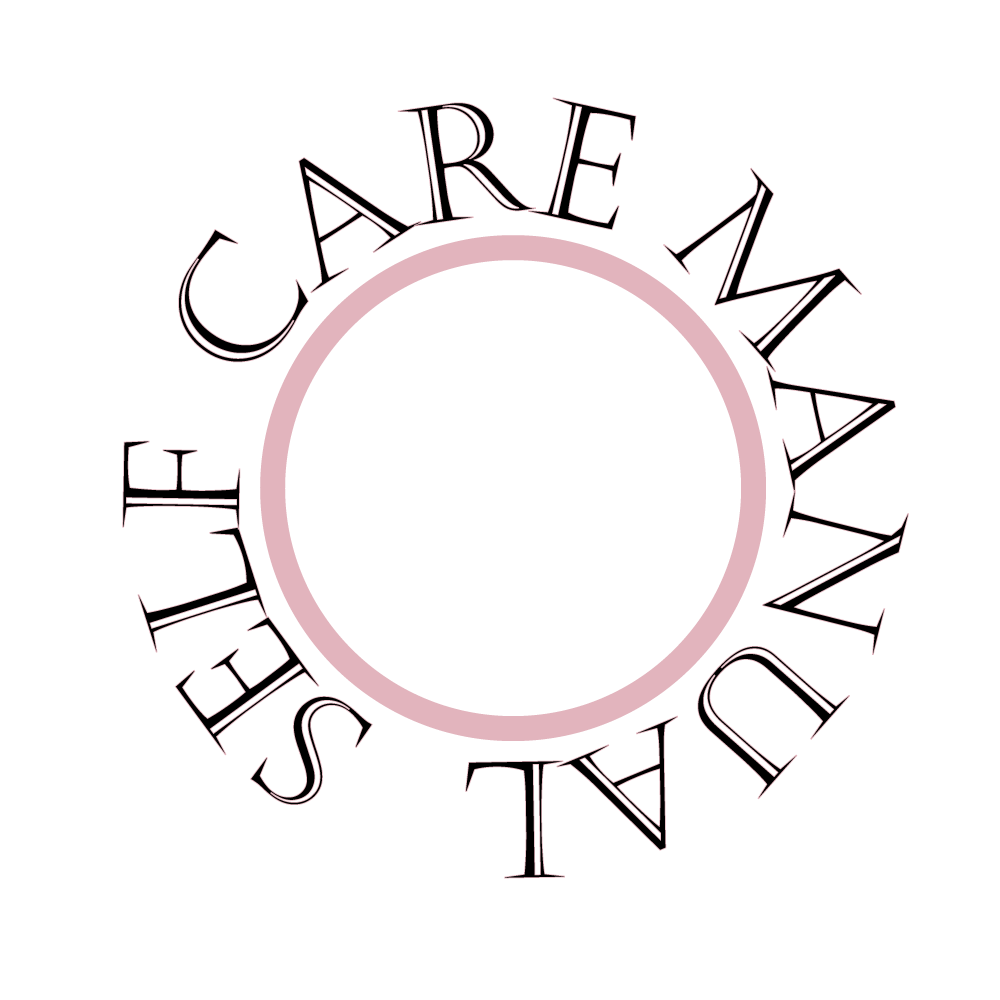Squeeze in Exercise: Fitness for Busy Schedules
In the whirlwind of our daily lives, finding time for exercise can feel like an impossible task. The demands of work, family, and countless other responsibilities often leave little room for fitness. However, with a well-planned schedule and a commitment to your health, it's not only possible but also incredibly beneficial to squeeze in those precious 30 minutes for a good exercise session. Even if it's just 10 minutes every other day, taking that first step and incorporating exercise into your busy routine can be a game-changer. So, let's explore how you can make fitness a reality in your busy life.
Prioritize Your Health: Schedule Exercise
The first step in fitting exercise into your hectic schedule is to recognize its importance and make it a priority. Just as you schedule meetings, appointments, and other obligations, carve out dedicated time for exercise. Whether it's early in the morning, during lunch breaks, or in the evening, choose a time that works best for you and stick to it. By setting aside this time, you're sending a clear message that your health matters.
Before beginning any high-intensity workouts or making significant changes to your fitness routine, it's essential to speak with your physician or a qualified healthcare professional. They can provide personalized guidance, assess your fitness level, and ensure that your chosen exercise plan aligns with your overall health and well-being. This precautionary step helps ensure that your fitness journey is both safe and effective.
Consistency Is Key: Start with 10 Minutes
Consistency is the cornerstone of any successful fitness journey. Even if you can only spare 10 minutes every other day to start, it's a significant step toward building a sustainable exercise routine. The key is to begin. Those 10 minutes may not feel like much, but they're enough to get you into the habit of moving your body regularly. Here are some examples of quick and effective 10-minute exercises:
Jumping Jacks: A classic cardio exercise that engages your entire body. Do jumping jacks for 10 minutes to get your heart rate up and boost your metabolism.
Bodyweight Circuit: Perform a circuit of bodyweight exercises such as push-ups, squats, lunges, and planks. Do each exercise for 1 minute, then rest for 30 seconds before moving on to the next.
Tabata Training: Tabata is a high-intensity interval training (HIIT) method that involves 20 seconds of all-out effort followed by 10 seconds of rest. You can choose exercises like burpees, mountain climbers, or kettlebell swings for a total of 10 minutes.
Yoga Flow: Follow a quick yoga flow that includes sun salutations, warrior poses, and stretches. Yoga not only enhances flexibility and balance but also provides a sense of calm and relaxation.
Skipping Rope: Grab a jump rope and jump for 10 minutes. Skipping is an excellent cardiovascular workout that also improves coordination and endurance.
Bodyweight HIIT: Create a high-intensity interval training routine using bodyweight exercises like high knees, burpees, and squat jumps. Alternate between 30 seconds of work and 30 seconds of rest for 10 minutes.
Dance Workout: Put on your favorite music and dance for 10 minutes. Dancing is a fun way to get your heart rate up and improve your mood.
Stair Climbing: If you have access to stairs, climb them for 10 minutes. Stair climbing is a fantastic lower-body workout that also provides a cardiovascular challenge.
Resistance Band Routine: Use resistance bands for a quick full-body workout. Incorporate exercises like band squats, rows, and bicep curls.
Hiking or Brisk Walking: If you have access to outdoor trails or even a nearby park, a brisk 10-minute walk or hike can provide fresh air, exercise, and a mental break.
Remember to warm up before starting your 10-minute exercise routine and cool down afterward with some stretching. These short workouts can be customized to your fitness level and preferences, making them a great starting point for building a consistent exercise habit.
Set Achievable Goals: Use Your Journal
To stay motivated and track your progress, consider incorporating fitness goals into your journal. Start with small, achievable targets. For example, aim to exercise for 10 minutes three times a week for the first month. As you meet these goals, you can gradually extend your workout time or add more challenging exercises. Your journal becomes a valuable tool for recording your achievements and celebrating your milestones.
Efficiency Matters: Make the Most of Your Time
In a busy schedule, efficiency matters. Choose exercises that provide maximum benefits in a short amount of time. High-intensity interval training (HIIT) workouts, for instance, are known for their effectiveness in burning calories and improving cardiovascular health in a short period. You can complete a challenging HIIT session in as little as 20 minutes. Additionally, consider incorporating strength training exercises that target multiple muscle groups simultaneously, saving you time while building strength.
Incorporate Physical Activity Into Your Day
Exercise doesn't always have to be structured workouts at the gym or home. Look for opportunities to incorporate physical activity into your daily routine. Take the stairs instead of the elevator, go for a brisk walk during your lunch break, or do a quick set of bodyweight exercises while waiting for dinner to cook. These small, intentional actions add up and contribute to your overall fitness.
Accountability and Support
Finding a workout buddy or joining a fitness class can provide the accountability and support needed to stay committed to your exercise routine. When you know someone is counting on you to show up, it can be a powerful motivator. Plus, exercising with others can make the experience more enjoyable and social.

